| 结构式 | 名称/CAS号 | 全部文献 |
|---|---|---|
 |
氟化氢铵
CAS:1341-49-7 |
|
 |
氯化钠
CAS:7647-14-5 |
|
 |
十二烷基硫酸钠
CAS:151-21-3 |
|
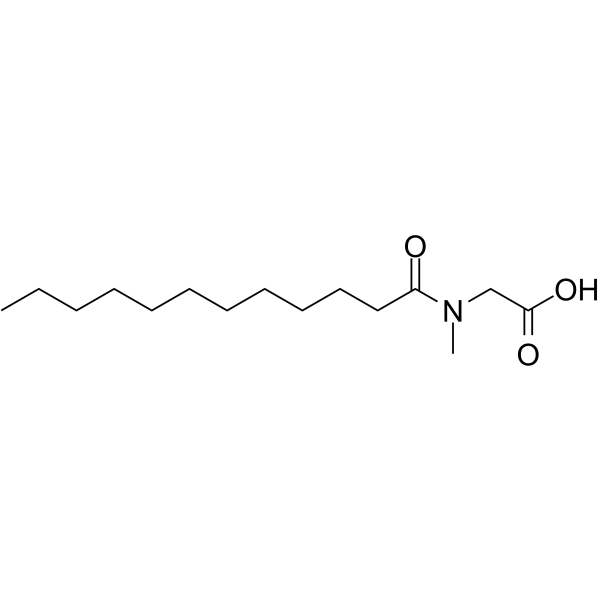 |
N-十二烷酰基肌氨酸
CAS:97-78-9 |
|
 |
氯化钠-35cl
CAS:20510-55-8 |
|
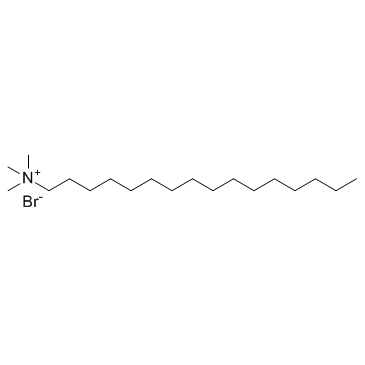 |
十六烷基三甲基溴化铵
CAS:57-09-0 |
|
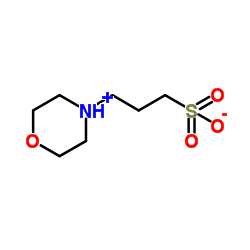 |
3-(N-吗啉)丙磺酸
CAS:1132-61-2 |
|
 |
正十二烷基氯吡啶一水合物
CAS:207234-02-4 |
|
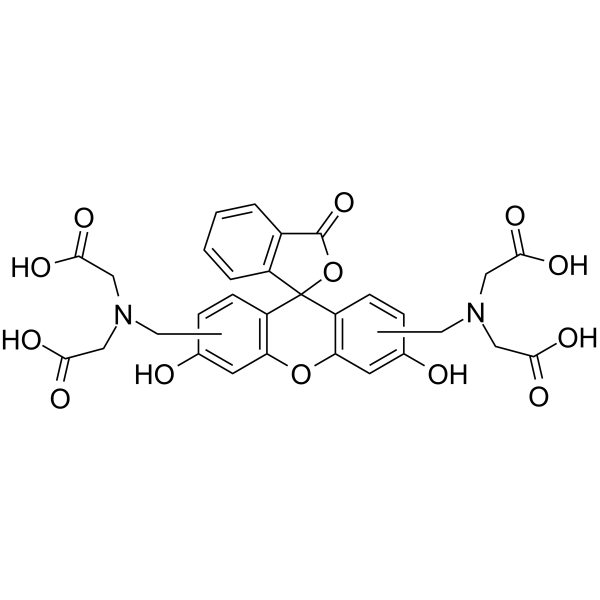 |
钙黄绿素
CAS:154071-48-4 |
|
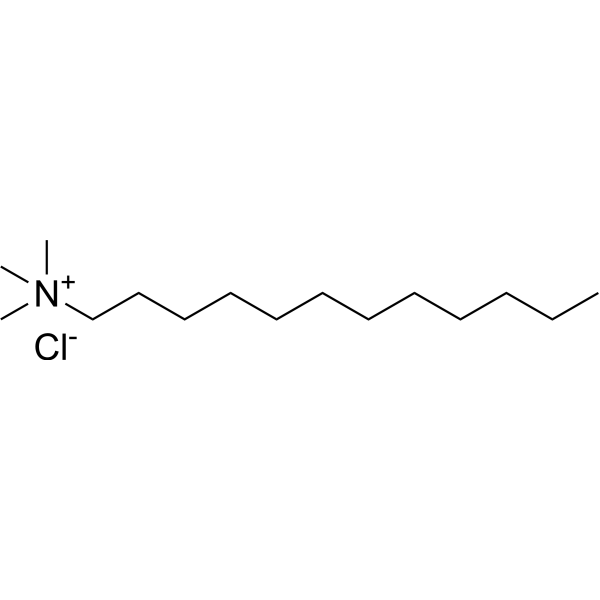 |
十二烷基三甲基氯化铵
CAS:112-00-5 |